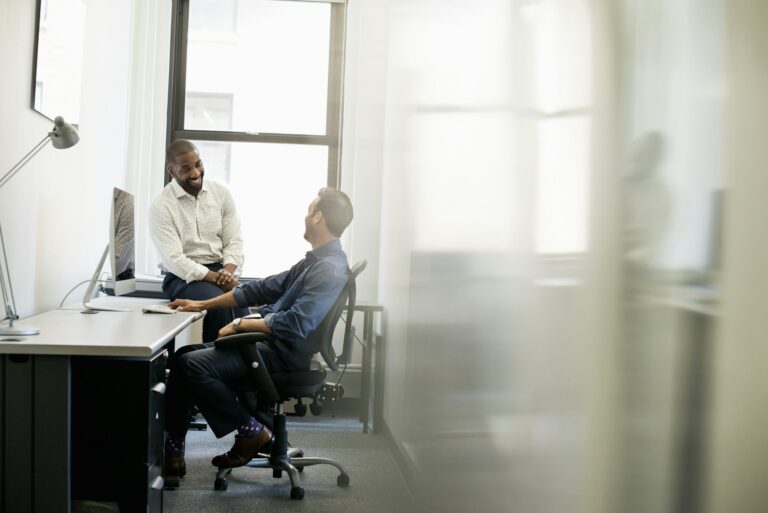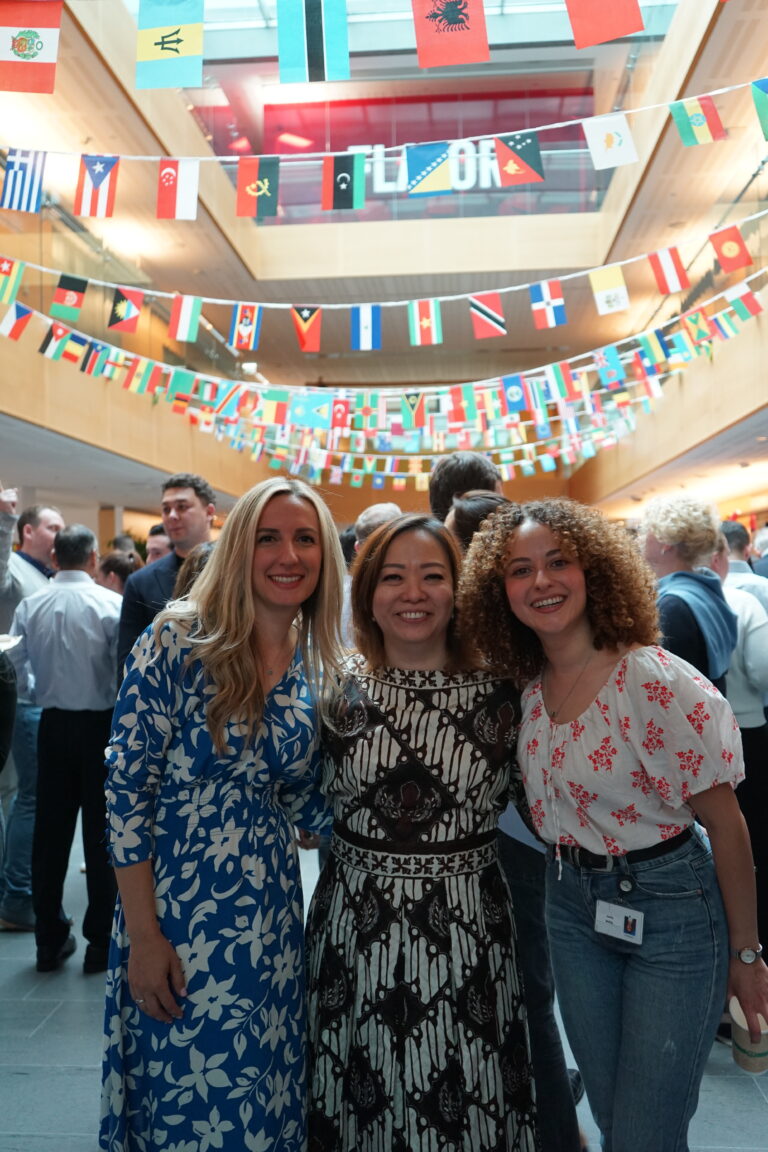Do you wish you were more confident? Find out why confidence is a choice – and how you can learn it, at Diversity Network’s workshop at our INCLUSION Festival on Monday 1 July.
Alyssa Dver, Founder and CEO of the American Confidence Institute, is sometimes called the World’s Chief Confidence Officer. Over the past decade Alyssa helped more than half a million people gain true and lasting confidence and is a spokesperson for L’Oreal.
“Confidence is a requirement for success. Not a result of it,” says Alyssa, who is the author of eight books including one that provides a simple brain science explanation and practical everyday tools called Confidence is a Choice, published in 2020 – the same year as her first TedXTalk was broadcast. Alyssa will offer everyone who attends her workshop at INCLUSION a free downloadable PDF of her book.
The American Confidence Institute has carried out research into the science of confidence. “I had written two other books about confidence but didn’t include the brain science behind it because I didn’t think people were interested. When I realised people were, it took me a while to explain neuroscience in a simple enough way for the majority of readers to understand it.”
In her confidence workshop at our INCLUSION Festival, Alyssa explains how you can train your brain to choose to be confident by creating neuroplasticity. That is, the ability for the brain to learn and reflectively have more confident thoughts and subsequently trigger more desired behaviours.
Our brains can be divided into different sections which each work in different ways: the brain stem connects to your spinal column, and its job is to prompt your body to carry out the physical processes to keep you live – such as breathing and swallowing.
The middle of the brain is the limbic system, which is concerned with emotional processing – that’s the ‘belonging part’, which triggers how feel in a situation – whether included or excluded.
The prefrontal cortex behind your forehead is where executive functions happen, and where you can make confident decisions.
Finally, the amygdala is a small but mighty part of the brain that acts as an alarm system to warn you of danger. When the amygdala recognises potential danger, you can train your brain to think in a rational way with confidence rather than allowing with the brain stem to react in a defensive, protective and ‘not confident’ way.
“People aren’t born with confidence, we all have to learn it,” says Alyssa, who says that more men than women find their way to The American Confidence Institute. “Men have learnt to adapt their behaviour better than women but they aren’t necessarily more confident,” she has found.
“Confidence is a skill you can learn and if you practice, it will become your default response. And if you remember nothing else – remember that you can choose to be confident.”
Confidence is a Choice is endorsed by top academic and business experts at Harvard Medical School, Harvard Business School and MIT. To purchase a paperback, audiobook or ebook copy:
https://www.amazon.com/Confidence-Choice-Science-Superhero-Impact/dp/0983392722
To attend Alyssa’s workshop at INCLUSION: https://diversity-network.com/inclusion-registration/






